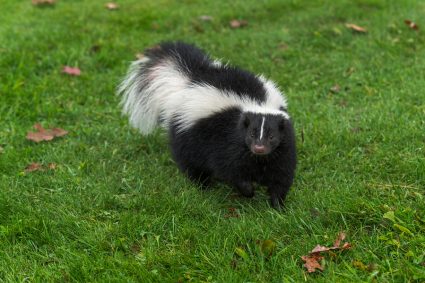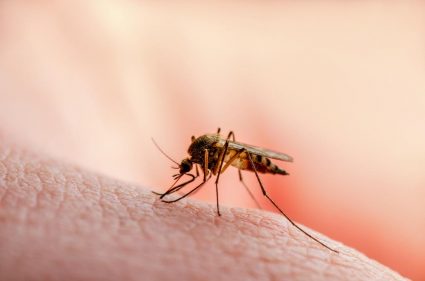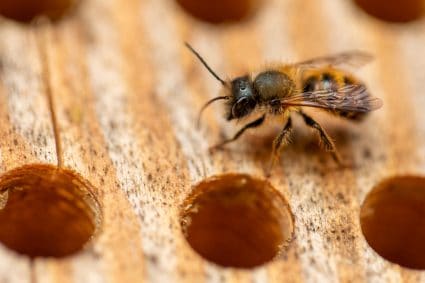
Deer, as beautiful and graceful as they are, can wreak havoc on your garden. They are known to munch on a wide variety of plants, causing significant damage and leaving gardeners frustrated. But don’t despair! There are several effective strategies to deter deer from eating your plants. In this comprehensive guide, we will discuss the different ways to deter deer, from choosing deer-resistant plants to using homemade and commercial repellents, installing physical barriers, and more.
To deter deer from eating plants, gardeners can plant deer-resistant species like boxwood, lenten rose, or junipers, which deer tend to avoid due to taste, texture, or smell. Using homemade or commercial repellents, which make plants unappealing to deer, can also be effective. Physical barriers, such as high fences, can prevent deer from accessing the garden. Other deterrents include odor-based items like bar soap or ammonia-soaked rags, and scare tactics like loud noises or bright lights.
Understanding Deer Preferences
Deer are attracted to various plants, and they tend to prefer tender and broad-leaved species without strong smells or fuzzy leaves. Some of the plants that deer are attracted to include hostas, daylilies, roses, azaleas, pansies, violas, impatiens, and lilyturf, among others. On the other hand, they tend to avoid plants with prickly, fuzzy, or heavily fragranced foliage such as garlic, onion, sunflowers, and rhubarb.
Planting Deer-Resistant Plants
One of the most effective ways to deter deer from your garden is by planting deer-resistant plants. These are plants that deer tend to avoid due to their taste, texture, or smell. Some examples of deer-resistant plants include panicle hydrangea, common boxwood, lenten rose, cactus, junipers, French marigold, foxglove, rosemary, bleeding heart, and salvia pachyphilla ‘Mulberry Flambe’ (Mojave Sage). However, no plant is completely deer-proof, and hungry deer may still eat plants they usually avoid.
Using Homemade Deer Repellents
You can create a repellent spray using ingredients like white vinegar, peppermint essential oil, and rosemary essential oil. Another effective homemade repellent is a mixture of putrid smells, such as eggs, garlic, and chili peppers. Apply these repellents regularly and after rain to maintain their effectiveness.
Applying Commercial Deer Repellents
Commercial deer repellents usually contain odor and taste deterrents that make plants unappealing to deer. These repellents can be sprayed directly onto plants to deter deer from eating them. However, they should be applied regularly and after rain to maintain their effectiveness.
Installing Physical Barriers
Fences are the most effective way to keep deer out of your garden. Ideally, a deer fence should be at least 10 to 12 feet tall with cross pieces spaced 8 inches apart. There are various types of deer fencing available, such as metal wire fencing, polypropylene mesh fencing, and electric fencing.
Using Odor Deterrents
Odor deterrents such as hanging bar soap, ammonia-soaked rags, or bags of hair and/or blood meal around the garden can repel deer with their scent. Deer dislike the scent of these items and tend to avoid areas where they are present.
Other Deterrent Methods
There are other methods of deterring deer from your garden, such as using scare tactics or changing your garden design. Deer dislike loud noises and bright lights and are deterred by the smell of human hair clippings or predator urine. Additionally, by planting taller plants in the back and shorter ones in the front, you can create a visually appealing garden that is less likely to be damaged by deer.
Conclusion
While no method is foolproof, and deer may still target your plants if they are hungry enough, combining multiple deterrent methods can increase their effectiveness. Remember to be flexible in your plant choices and deer management strategies for the best results. By understanding deer preferences and behavior, and by implementing the strategies discussed in this guide, you can protect your garden from deer damage and enjoy a thriving, beautiful garden.
Frequently Asked Questions
What other plants are deer-resistant?
There are numerous deer-resistant plants. Some additional examples include lavender, catmint, sage, yarrow, and Russian sage.
How often should I apply homemade deer repellents?
Homemade deer repellents should be applied every two weeks and after heavy rain.
Can I use any type of soap as an odor deterrent?
Yes, any type of strongly scented soap can work as an odor deterrent for deer. However, many gardeners prefer to use bar soaps with strong fragrances like Irish Spring.
How high should a fence be to deter deer?
A fence should be at least 10 to 12 feet high to effectively deter deer.
What types of noises scare deer away?
Deer can be scared away by a variety of noises, such as the sounds of dogs barking, human voices, or wind chimes.
Are there any plants that deer absolutely will not eat?
While there is no plant that is 100% deer-proof, some plants are rarely eaten by deer, such as ferns, daffodils, poppies, and marigolds. However, if deer are hungry enough, they may still eat these plants.
What is the best time to apply commercial deer repellents?
The best time to apply commercial deer repellents is in the early morning or late evening when deer are most active. The repellents should also be reapplied every 30 days and after heavy rain.











